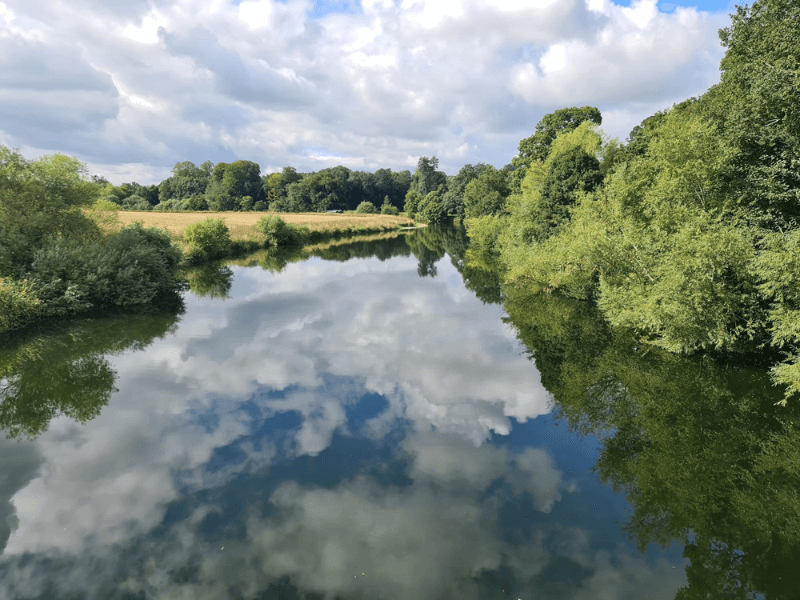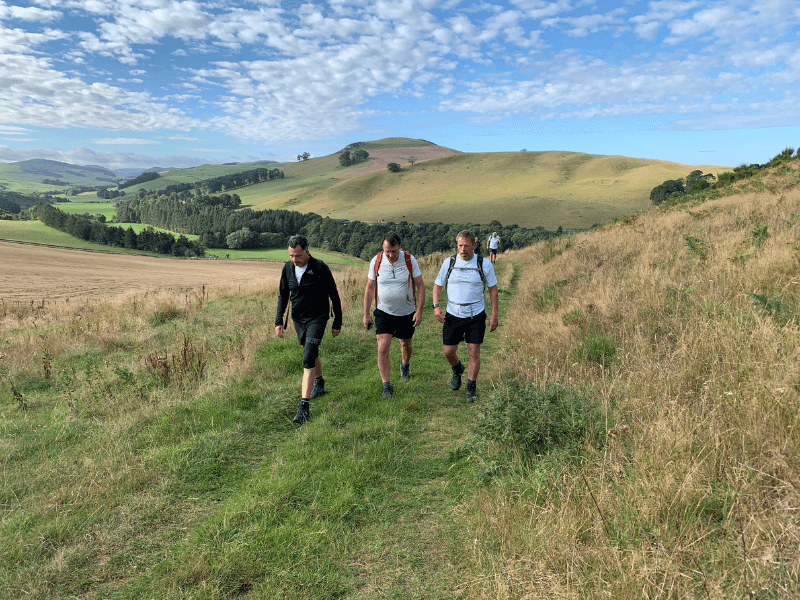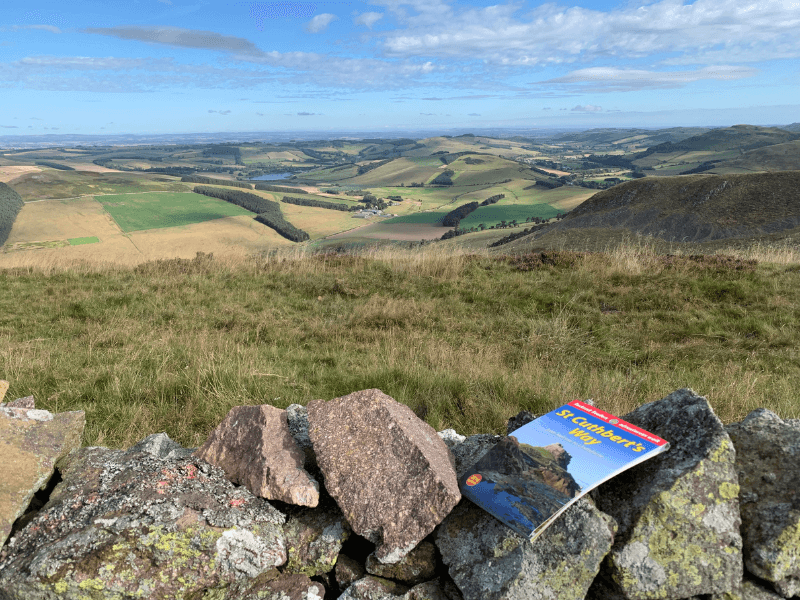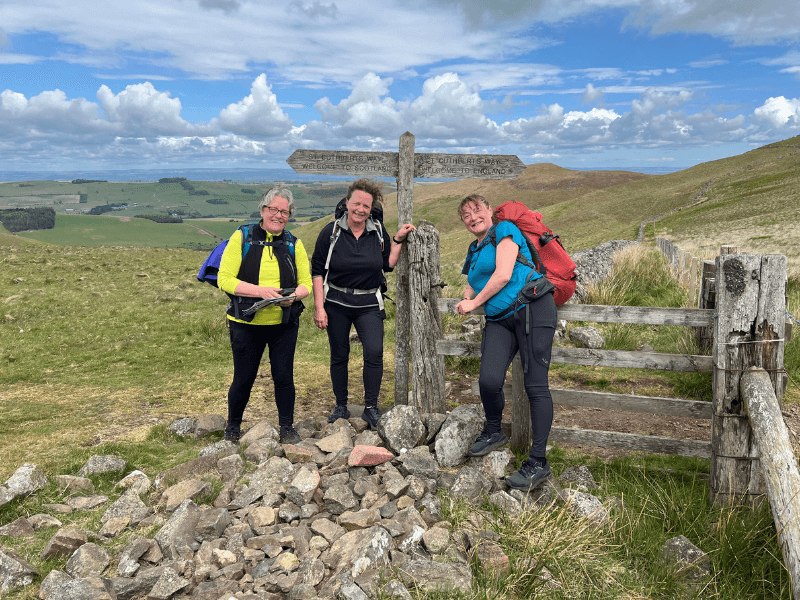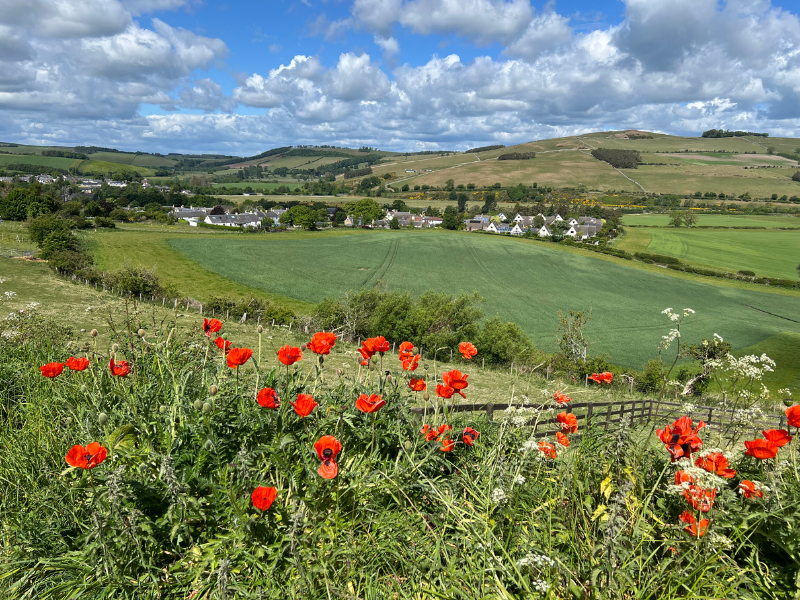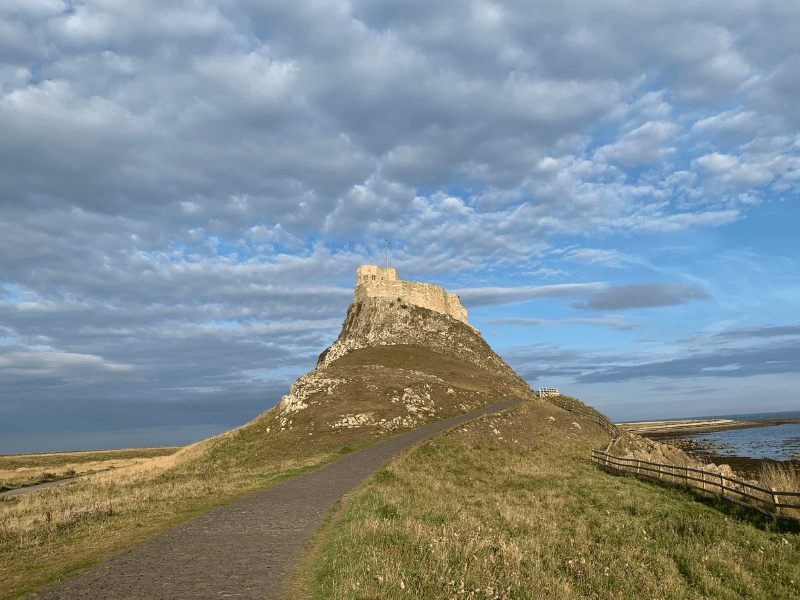
The EasyWays team took care of all the logistics, including booking comfortable accommodations and arranging baggage transfers between each stop. Every hotel and guesthouse I stayed at was welcoming, clean, and perfectly located along the route. It was such a relief to know my bags would be waiting for me at the end of each day—one less thing to worry about after a full day of hiking!
What really stood out was the attention to detail and personalised service. The comprehensive information pack provided before my journey was full of useful tips, detailed maps, and a clear itinerary that made navigation a breeze. Whenever I had a question, the team was quick to respond with friendly and helpful advice.
Walking the West Highland Way is a bucket-list adventure, and EasyWays made it all the more special by handling the planning so I could focus on the incredible scenery, from the dramatic peaks of Glencoe to the serene shores of Loch Lomond. This was my first walking holiday, and I’m already looking forward to booking my next trip with them.
If you’re looking for a hassle-free walking experience where everything is taken care of, I wholeheartedly recommend EasyWays. Their expertise and thoughtful planning made this one of the most memorable trips of my life!
From start to finish, everything ran so smoothly. The accommodations were lovely and we couldn't fault the selection EasyWays booked for us. We will definitely book with them again.
1. Payments are made in a way that you do not know exactly what you will get until after you pay, you get a general program and then refunds are not easyways. read the small letters!!
2. In case of no accommodation, they offer a transport with bus or taxi to a different location. in our case taxi was delayed for a very long time ended in very late arrival to the gust house.
3. In accurate place of the first luggage pickup
They arrange for your luggage to the shifted from accommodation to accommodation so all you need to do is focus in your walk. They arrange any necessary transfers. They take out all the stress of planning popular tours like the West Highland Way. However if your have special requirements they are able to tailor tours to suit your needs. They can help you arrange for dogs/young children to travel with you based on accommodation that can host these requirements. Either fill in an enquiry form via thier website or send the team an email. I am an amateur walker and Easyways showed me how much more I can do and inspired me to some phenomenal walks and see the best of Scotland.
We have been very happy with the standard of accommodation over the years.
The staff at Easyways are great to deal with - friendly and helpful and the whole process is entirely painless.
In a nutshell, we automatically turn to Easyways when considering a long walk - wouldn't go anywhere else!
Route Stops
The picturesque town of Melrose is located surrounded by the triple peaks of the Eildon Hills and is the birthplace of Melrose Rugby Sevens. It is a quaint border town with a vibrant high street, offering a wide variety of distinctive shops, restaurants and bars. A casket believed to contain the heart of Robert the Bruce was marked by a re-burial ceremony and commemorative stone tablet in the grounds of the ruined Melrose Abbey, which dates from 1136. The area around Melrose has been inhabited for thousands of years. In AD 79 the Roman army built a major fort nearby named Trimontium, ‘Place of the Three Hills’. A signal station was built on the summit of the Eildon Hill North and the Three Hills Roman Heritage Centre now houses the Trimontium Museum which is dedicated to Roman life in Scotland. Around 3 miles west of on the banks of the Tweed is Sir Walter Scott’s romantic mansion of Abbotsford. Overnight in Melrose.
Start at the gates of the magnificent 12th century Melrose Abbey and walk up over the iconic Eildon Hills for one of the best views in the Scottish Borders: Melrose, the Moorfoot and Lammermuir Hills and the mighty Cheviots to the south! The route then descends to the village of Bowden, before gently winding through farmland and woods to Newtown St. Boswells. Following the banks of the River Tweed, with secluded views to Dryburgh Abbey into St. Boswells and continues alongside the Tweed past the Crystal Well into the village of Maxton. Maxton is rated by many walkers as one of their favourites on the whole route. Walking south from Maxton along Dere Street, you will be following in the footsteps of the Romans who built the original road, then passing Lady Lilliard’s Tomb. It is suggested that you make a quick detour to climb up to the Waterloo Monument, a local landmark admired by Sir Walter Scott, from his favourite viewpoint above Dryburgh. Overnight Harestanes.
Depart Harestanes by crossing the Monteviot Suspension Bridge, just below Monteviot House, along the banks of the River Teviot to Jedfoot to rejoin Dere Street. Approaching Jedburgh the route branches off through woodland and then south-east on farm paths and tracks through rich agricultural land to Cessford and Cessford Castle, once the stronghold of the Kerrs a great place to explore some of the Border’s rich history. Take the opportunity to restock supplies for the journey at the village of Morebattle. Then start climbing via Grubbit Law, along the ridge to Wideopen Hill. At 400m, Wideopen Hill is the highest point on St. Cuthbert’s Way and the halfway point from Melrose to Holy Island. Remember to look back and take in the view of the Eildon Hills before walking on to Kirk Yetholm. Overnight Kirk Yetholm.
The next section of St. Cuthbert’s Way coincides with the final stretch of the Pennine Way. Climbing up from Halterburn around Green Humbleton (287m), one of many hill forts along St. Cuthbert’s Way, you will reach the border of Scotland and England, before crossing into dramatic Northumberland National Park. The Way then drops back down via Elsdonburn to Hethpool and onwards through woodland and a good track along the Cheviot foothills, heading for Yeavering Bell (361m), Northumberland’s largest Iron Age fort. A lovely path leads through the heather, over Gains Law, down to the small market town of Wooler and back to civilisation. Overnight Wooler.
From Wooler, the St Cuthbert’s Way transcends over Weetwood Moor before dropping back down to cross the River Till, via the 16thCentury Weetwood Bridge. Secluded, quiet lanes lead to Horton before encountering a section of typically dead-straight Roman road: the Devil’s Causeway, which once linked Corbridge and Tweedmouth. Farmland and woodland tracks lead up to St. Cuthbert’s Cave, where monks took St. Cuthbert’s body in 875AD, as they fled from Viking raids on Lindisfarne. Above the cave on the rocky ridge of the Kyloe Hills, the first views of Holy Island become visible, with Bamburgh Castle to the south. This part of the Northumberland coast has been designated an area of Outstanding Natural Beauty. St. Cuthbert’s Way joins here with St. Oswald’s Way, another long distance route, following an enjoyable track through Shiellow Wood towards the village of Fenwick. Overnight Fenwick.
The final section of the St. Cuthbert’s Way heads to the coast along historic paths and tracks, passing Fenwick Granary before crossing the main East Coast railway line between Edinburgh and London, Beal Cast Burn and the remnants of World War 2 coastal defences. Ensure you check tide times before setting off and aim to reach the Causeway at low tide in order to cross to Lindisfarne, by taking the Causeway Road across to Holy Island or by following the posts of the historic Pilgrims Path across the sands. Overnight Holy Isle.
Congratulations – you have completed the St Cuthbert’s Way! Taxi transfer is available to Melrose for return car pick up (if required) or to Berwick-on-Tweed for train journey north to Edinburgh or south for Newcastle or all stops to London.
St Cuthbert’s Way
62.5 miles / 100 km
Commencing in the lovely Scottish Borders town of Melrose (where the heart of Robert the Bruce is interred in Melrose Abbey) to end at the Holy Island of Lindisfarne, where St. Cuthbert began his religious life in 650AD.
The standards of accommodation and hospitality on this trek are excellent, as you encounter a landscape steeped in history and culture coupled flora and fauna to ensure a heart-warming and invigorating experience.
Climb over the Eildon Hills to the village of Bowden before turning east to Newtown St Boswells on the River Tweed, opposite Dryburgh Abbey. Follow the bank of the Tweed to Maxton, past the site of the Battle of Ancrum Moor, to Monteviot House on the banks of the River Teviot.
From Monteviot Bridge follow Dere Street (a path from Roman times), before reaching Cessford and Morebattle, prior to heading south up the valley of Kale Water.
The route then descends to the villages of Town and Kirk Yetholm, where it crosses the Pennine Way to end on the tidal Holy Island of Lindisfarne.
Although a known as a pilgrim route, this St Cuthbert’s Way is a wonderful experience for walkers of all age and capability.
Quality Accommodation
Door to Door Baggage Transfer (max 18kg)
Rucksack Readers Guide Book
Location Details For Each Accommodation
Travel Information from start to finish
Sugguested Equipment List
Route Packages
What’s included?
- An Electronic Tour Pack with full tour information downloaded to your mobile device
- En-suite accommodation from a selection of Hotels, Guest Houses and B&Bs.
- Breakfast included at all stages
- Bag Transfer at All Stages (max 18kg)
- A St Cuthberts Way Walking Guide Book
- A Guibo GPS Mapping App detailing all walking routes
- Travel information to the start and from the finish of the walk
- Emergency support during your walking period
What’s not included?
- Evening meals, packed lunches and drinks
- Travel insurance
- Travel to and from the walk start and end point
| Days | Location |
| 1 | Melrose |
| 2 | St Boswells (8 miles / 13 km) |
| 3 | Harestanes (7 miles / 11 km) |
| 4 | Morebattle (9.5 miles / 15 km) |
| 5 | Kirk Yetholm (7.5 miles / 12 km) |
| 6 | Wooler (13 miles / 21 km) |
| 7 | Fenwick (10 miles / 16 km) |
| 8 | Holy Island (7.5 miles / 12 km) |
What’s included?
- An Electronic Tour Pack with full tour information downloaded to your mobile device
- En-suite accommodation from a selection of Hotels, Guest Houses and B&Bs.
- Breakfast included at all stages
- Bag Transfer at All Stages (max 18kg)
- A St Cuthberts Way Walking Guide Book
- A Guibo GPS Mapping App detailing all walking routes
- Travel information to the start and from the finish of the walk
- Emergency support during your walking period
What’s not included?
- Evening meals, packed lunches and drinks
- Travel insurance
- Travel to and from the walk start and end point
First established in 1996, EasyWays has built a strong reputation with the UK and International walking community in the delivery of walking holidays throughout Scotland.
The template of every successful business is grounded in long term relationships, and EasyWays, along with our accommodation providers and baggage transfer companies work as one to ensure your walk experience is both enjoyable and memorable.
As a Scottish based company we are close at hand to the walking routes and pride ourselves in delivering a bespoke service – tell us what you would like and we will build an itinerary to match.


